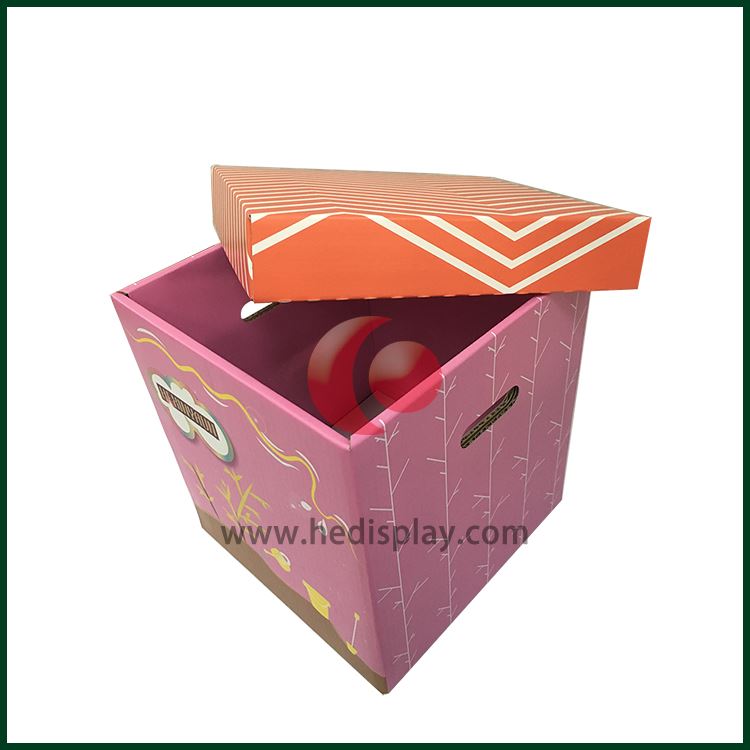The packaging of enterprise products should not be imitated as much as possible, and not similar to other packaging, but adopt new materials, new processes, new patterns, and new shapes to give consumers a new feeling. For example, packaging made of renewable and degradable materials is more popular. This is convenient for consumers, and it also conforms to the trend of environmental protection and establishes a good image for enterprises. Convenient packaging strategy. When companies design and purchase product packaging, they must always consider bringing convenience to consumers in terms of purchase, carrying, use, and storage. For the convenience of consumers to purchase, companies combine products of different styles, uses, and flavors into multiple packaging or combination packaging.
Cheap packaging strategy. This kind of packaging strategy is that companies use low-cost, simple-structured packaging, which is usually used for daily supplies that are used in large quantities. Such as general clothing, footwear, edible salt, monosodium glutamate, boiled Chinese medicine, fresh milk in bags, etc. Of course, when companies adopt this packaging strategy, they should not buy it at will because of low consumer demand, but should consider its applicable and economical features.
Series packaging strategy. The difference between this kind of packaging and series packaging is that the series packaging is for similar products, and the complete packaging is for different products. Such as travel kits, cosmetic boxes, and the traditional four treasures of the study-pen, ink, paper and inkstone, etc., are packaged.
Similar packaging strategy. Sometimes it is also called family-style packaging. The products produced by the same company use the same pattern, similar colors, and common features on the packaging shape, especially the repeated appearance of the company's CI image, forming a visual stereotype, not only saving packaging The design cost can also deepen the user's impression of such products.
Change packaging strategy. That is to replace the original packaging with new packaging. Generally speaking, the packaging used by a company and a retailer should be relatively finalized, but when the following three situations occur, the company should adopt a packaging strategy change:
(1) There is a problem with the quality of the product, and consumers have formed a bad impression of it;
(2) The product quality of the company is acceptable, but there are many competitors of similar products, and the original packaging is not conducive to opening the sales situation of the product;
(3) The sale of the product is acceptable, but because the company uses the packaging for too long and the cost is too high, the company reduces the cost, which will make consumers feel old.

 English
English русский
русский Italiano
Italiano Deutsch
Deutsch Türkçe
Türkçe Português
Português 한국어
한국어 日本語
日本語 Français
Français عر
عر Việt Nam
Việt Nam Español
Español